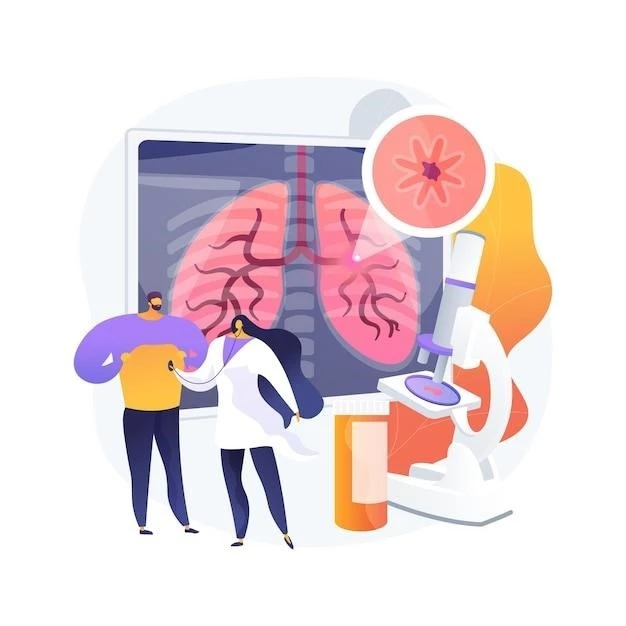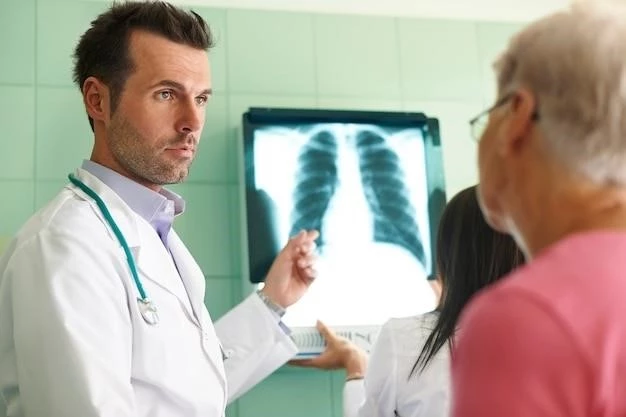Introduction to Pneumocystis jiroveci pneumonia
Pneumocystis pneumonia (PCP), also known as Pneumocystis jirovecii pneumonia (PJP), is a form of pneumonia caused by the yeast-like fungus Pneumocystis jirovecii. This condition primarily affects immunocompromised individuals and can be life-threatening if not promptly treated.
Overview of Pneumocystis jiroveci pneumonia
Pneumocystis pneumonia (PCP), caused by the yeast-like fungus Pneumocystis jirovecii, primarily affects immunocompromised individuals. While this fungus is commonly found in healthy lungs without causing disease, it can lead to severe lung infections in those with weakened immune systems. PCP is a significant opportunistic infection, historically associated with AIDS but also impacting patients with various immunocompromising conditions. The disease poses a particular threat to individuals undergoing treatments that suppress the immune system, making timely diagnosis and appropriate management crucial for a favorable outcome.
Causes and Risk Factors
Pneumocystis jiroveci pneumonia is caused by the yeast-like fungus Pneumocystis jirovecii. Commonly found in healthy lungs, this fungus can lead to severe lung infections in immunocompromised individuals. Risk factors include conditions that weaken the immune system, making individuals more susceptible to this opportunistic infection.
Cause of Pneumocystis jiroveci pneumonia
Pneumocystis jiroveci pneumonia is caused by the yeast-like fungus Pneumocystis jirovecii. This fungus is commonly found in healthy lungs without causing disease but can lead to severe lung infections in immunocompromised individuals. In patients with weakened immune systems, the fungus can overgrow and cause infection primarily affecting the lungs. Understanding the role of this opportunistic pathogen is crucial in managing and treating Pneumocystis jiroveci pneumonia.
Risk Factors for Developing Pneumocystis jiroveci pneumonia
Risk factors for developing Pneumocystis jiroveci pneumonia include conditions that weaken the immune system, such as HIV/AIDS, cancer, organ transplantation, and the use of immunosuppressive medications. Individuals with compromised immunity are at increased risk of contracting this opportunistic infection, highlighting the importance of targeted preventive measures and timely treatment.

Symptoms and Diagnosis
Individuals with Pneumocystis jiroveci pneumonia may experience symptoms such as shortness of breath, dry cough, fever, and chest pain. Diagnosis often involves chest X-rays, CT scans, and bronchoscopy procedures to confirm the presence of the infection in the lungs.
Common Symptoms of Pneumocystis jiroveci pneumonia
Common symptoms of Pneumocystis jiroveci pneumonia include shortness of breath, dry cough, fever, and chest pain. These manifestations can vary in severity and may worsen rapidly, particularly in immunocompromised individuals. Recognizing these symptoms promptly is crucial for early diagnosis and treatment of the infection.
Diagnostic Methods for Pneumocystis jiroveci pneumonia
Diagnosing Pneumocystis jiroveci pneumonia typically involves imaging tests such as chest X-rays and CT scans to identify lung abnormalities. Confirmatory diagnostic procedures may include bronchoscopy with sample collection for microscopic examination to detect the presence of Pneumocystis jirovecii organisms in the lungs. Additionally, blood tests and analysis of respiratory specimens may aid in the accurate diagnosis of this fungal lung infection.
Treatment and Management
Medical treatment options for Pneumocystis jiroveci pneumonia often involve antimicrobial therapy, typically with antibiotics such as trimethoprim-sulfamethoxazole (TMP-SMX). Management strategies may include supportive care like oxygen therapy and close monitoring of respiratory function. In severe cases, hospitalization and intensive care may be necessary to address complications associated with the infection.
Medical Treatment Options for Pneumocystis jiroveci pneumonia
Medical treatment options for Pneumocystis jiroveci pneumonia commonly involve antimicrobial therapy, with antibiotics like trimethoprim-sulfamethoxazole (TMP-SMX) being a standard choice. Other medications such as pentamidine, dapsone, atovaquone, and clindamycin may be used in cases of sulfa allergy or treatment failure. The duration and combination of drugs depend on the severity of the infection and the patient’s overall health status.
Management Strategies for Pneumocystis jiroveci pneumonia
Management strategies for Pneumocystis jiroveci pneumonia typically involve a multi-faceted approach. This may include antimicrobial therapy with medications like trimethoprim-sulfamethoxazole, supportive care such as oxygen therapy, and monitoring respiratory function closely. In severe cases, hospitalization and intensive care may be required to address complications and ensure optimal recovery.

Prevention and Prognosis
Preventive measures for Pneumocystis jiroveci pneumonia involve managing underlying conditions that weaken the immune system and following appropriate prophylaxis regimens. The prognosis of Pneumocystis jiroveci pneumonia depends on timely diagnosis, the severity of the infection, and the overall health status of the individual.
Preventive Measures for Pneumocystis jiroveci pneumonia
Preventive measures for Pneumocystis jiroveci pneumonia revolve around managing underlying conditions that weaken the immune system. This includes timely treatment of conditions such as HIV/AIDS, cancer, and autoimmune disorders. In addition, prophylactic antimicrobial therapy may be prescribed for high-risk individuals to prevent the onset of Pneumocystis jiroveci pneumonia.
Prognosis of Pneumocystis jiroveci pneumonia
The prognosis of Pneumocystis jiroveci pneumonia depends on various factors such as the timeliness of diagnosis, the immune status of the individual, the presence of underlying conditions, and the severity of the infection. Early detection and treatment can lead to a better prognosis, while delayed intervention or advanced disease may result in a more complicated clinical course and potentially poorer outcomes.
